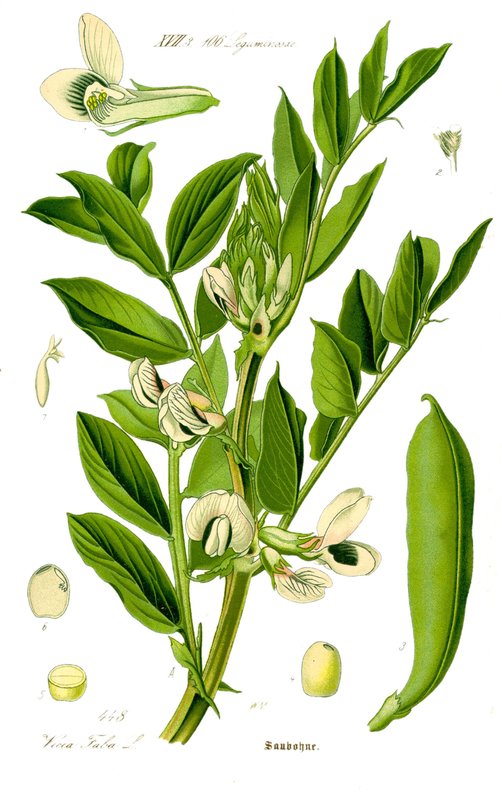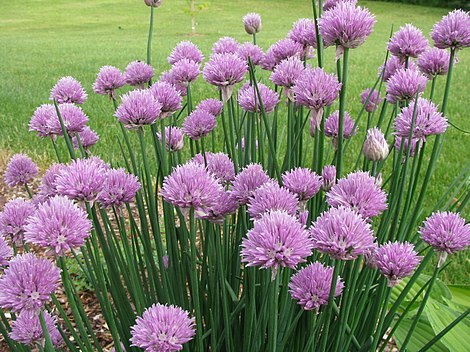Description
Blue Lupin, or Lupinus angustifolius, is a plant that is native to the Mediterranean region, cultivated since over 600 years. It is a member of the legume family and has blue, purple, or white flowers that are arranged in dense spikes. The leaves of the plant are narrow and arranged in a spiral pattern on the stem.
In terms of size, Blue Lupin can grow to be between 30-100 cm tall, depending on growing conditions. It is a fast-growing plant and can be differentiated from similar plants by its narrow leaves and blue, purple, or white flowers.
Blue Lupin prefers well-drained, sandy or gravelly soils and full sun. To cultivate it successfully, a grower will need to plant the seeds in early spring and provide the plants with adequate water and sunlight. The plant is winter hardy and can tolerate cold temperatures.
Blue Lupin is edible and the seeds can be eaten either raw or cooked. They can also be ground into a flour and used in baking. The seeds can be stored after harvest by drying them and then storing them in an airtight container.
Blue Lupin has a number of uses. It is often used as a cover crop to improve soil health and fertility, as the plants are able to fix nitrogen in the soil. The plant is also used as a source of food for livestock, and the leaves and stems can be used as mulch. In addition, the plant is valuable for wildlife as it provides food for a variety of animals, including birds and insects.
In conclusion, Blue Lupin is a fast-growing plant that is native to the Mediterranean region. It has blue, purple, or white flowers and prefers well-drained, sandy or gravelly soils. The plant is edible and has a number of uses, including improving soil fertility and providing food for wildlife.

